The conductor, composer and pianist Wilhelm Stenhammar played a decisive role when he took over the Gothenburg Symphony Orchestra in 1907 and led the orchestra for 15 years. A golden era where Stenhammar developed the orchestra both artistically and technically, introduced contemporary composers such as Mahler and Debussy and invited the Nordic giants Carl Nielsen and Jean Sibelius to conduct their own works.
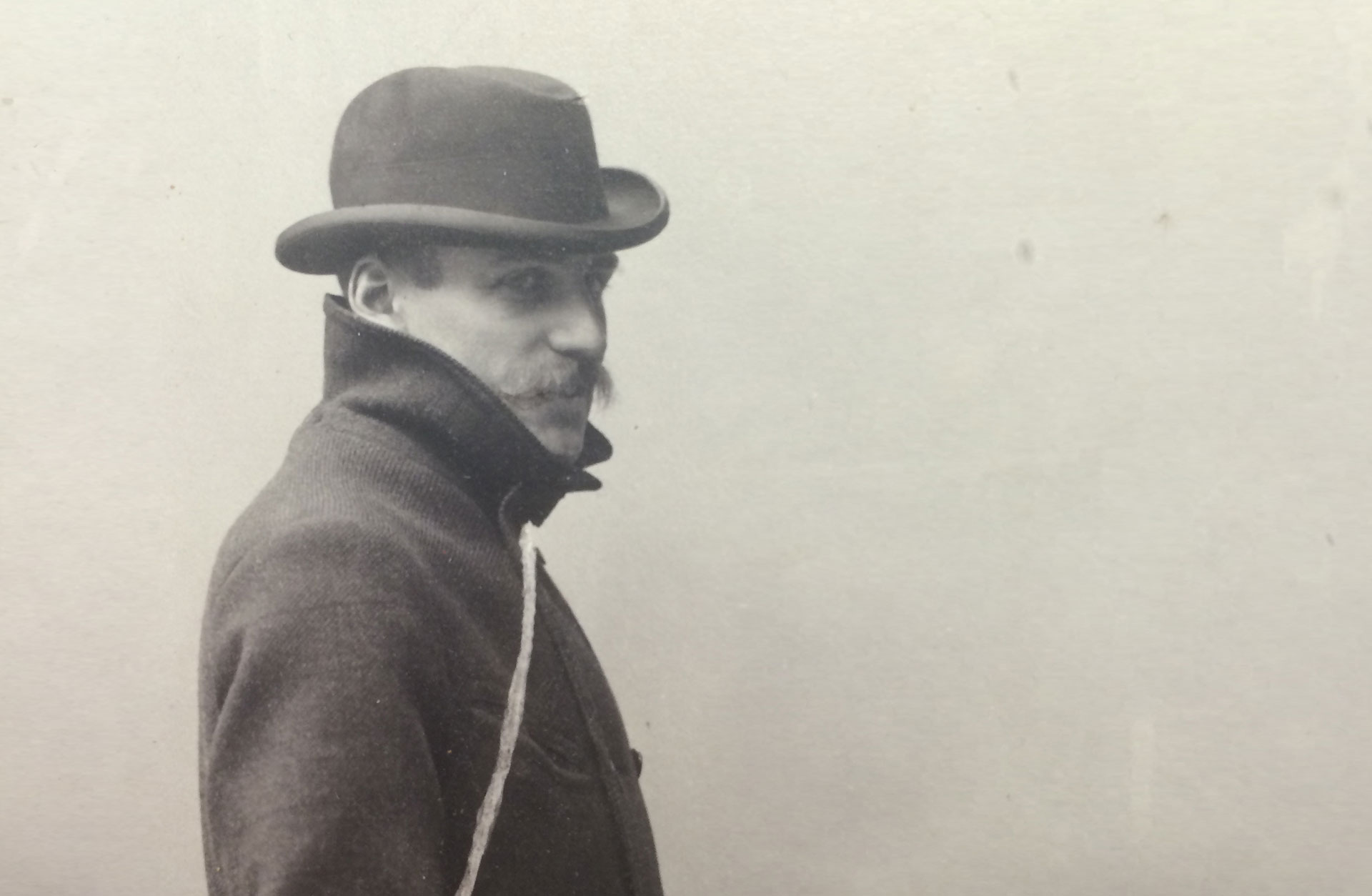
More about Wilhelm Stenhammar
Wilhelm Stenhammar had everything an orchestra in Sweden’s second city needed: knowledge of the traditional and contemporary repertoire, an instinctive feeling for how the musicians could blossom together and bring forth a nuanced and colorful orchestral sound, and the ability to perform as an excellent piano soloist and provide the orchestra with original music of his own make.
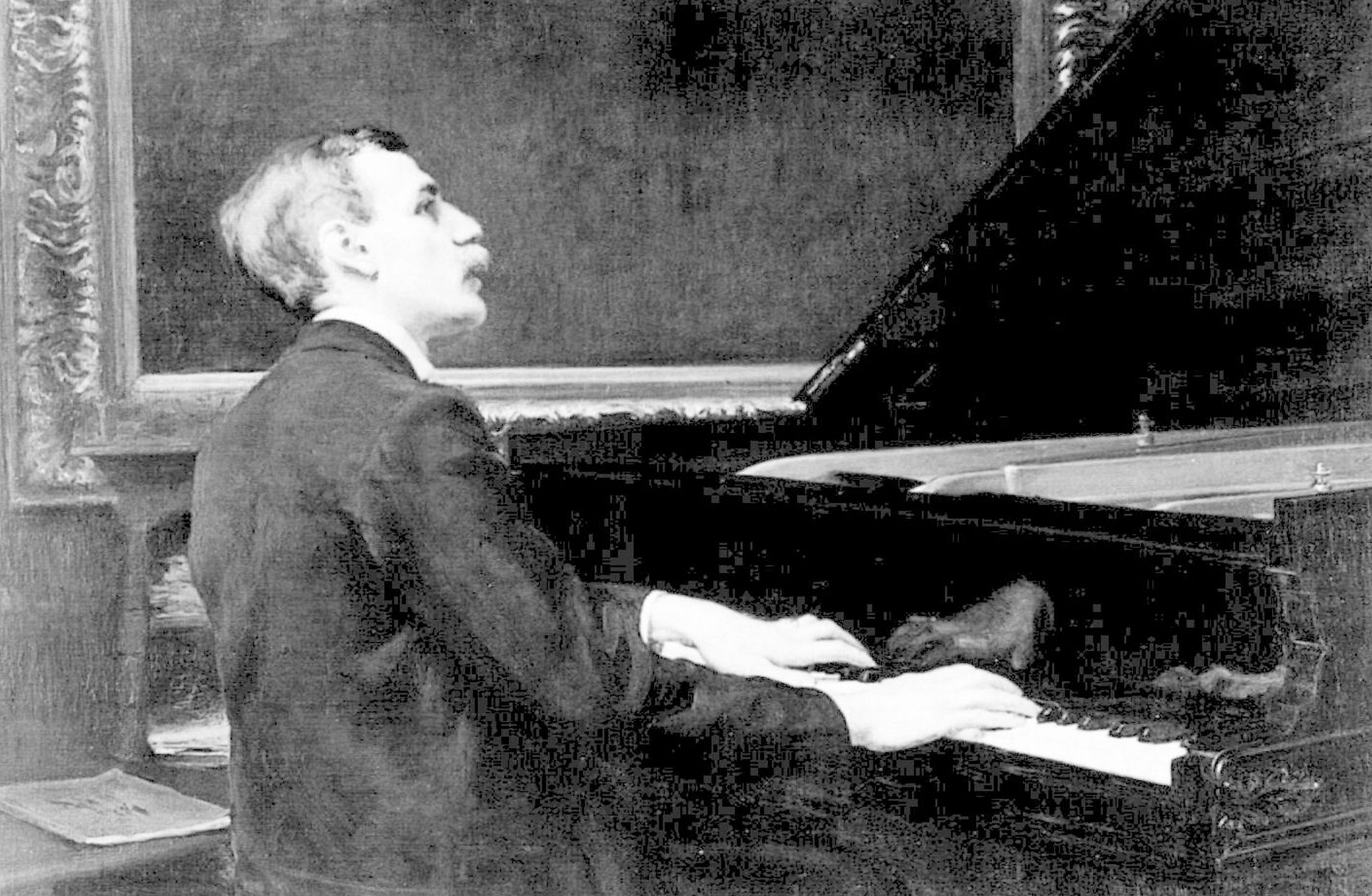
Wilhelm Stenhammar also wrote theater music for the Lorensberg Theater and a cantata for the large Gothenburg exhibition in 1923. The picture shows him walking with the composer Sibelius outside the Concert Hall on Heden, which was the Gotehnburg Symphony Orchestra’s residence until the building burned down in 1928.
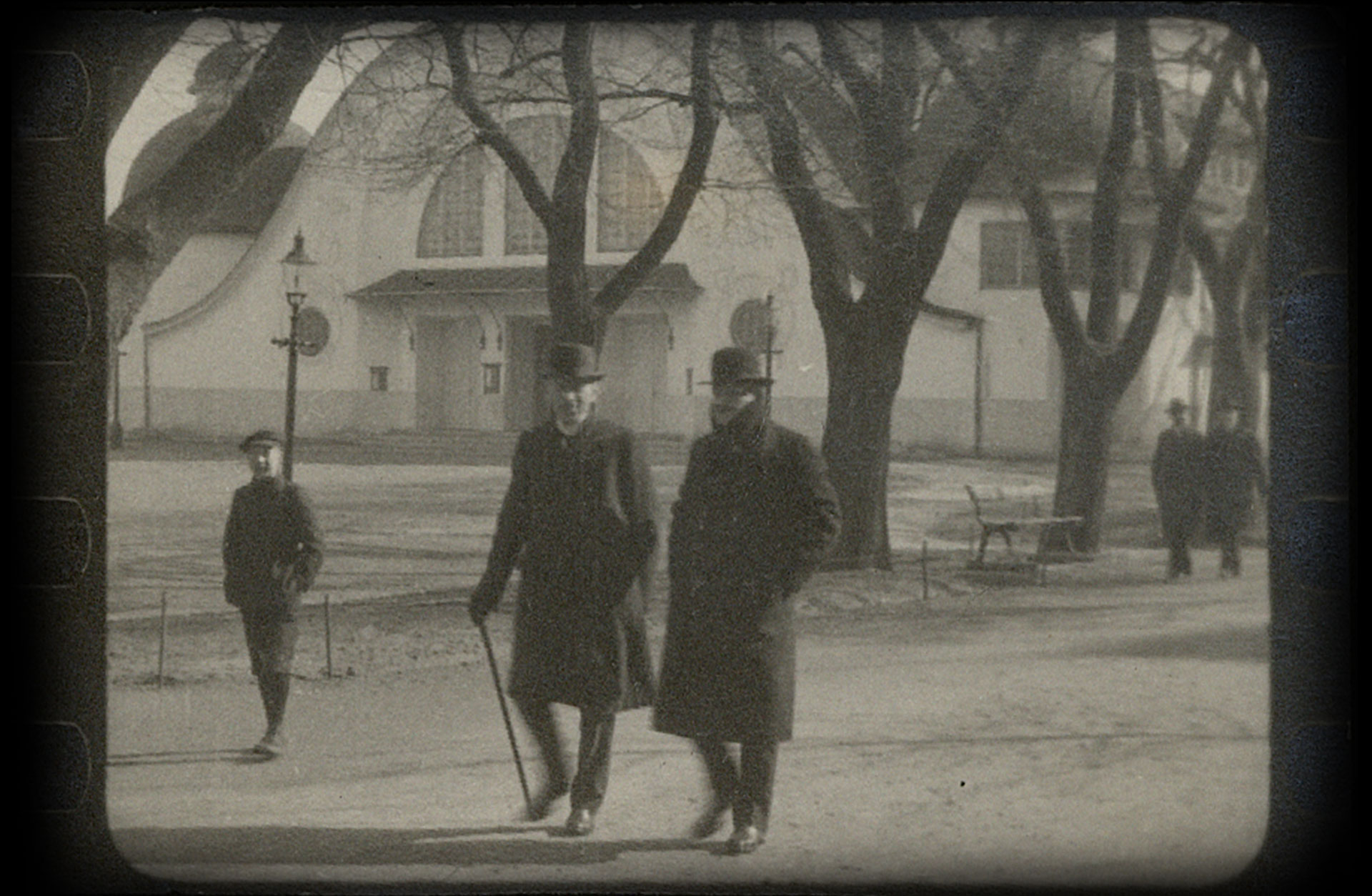
He left Gothenburg in 1923 and moved to Stockholm, where after some years as chief conductor of the Royal Opera, he suffered a stroke. In 1927 he and his wife moved back to Gothenburg, and the same year in November he had another stroke and fell asleep quietly in Jonsered on the evening of November 20, 1927. His grave is in Majorna, in the southeast corner of Marieberg Cemetery.
In the Gothenburg Concert Hall, hes name has been given to the smaller concert hall – Stenhammarsalen.
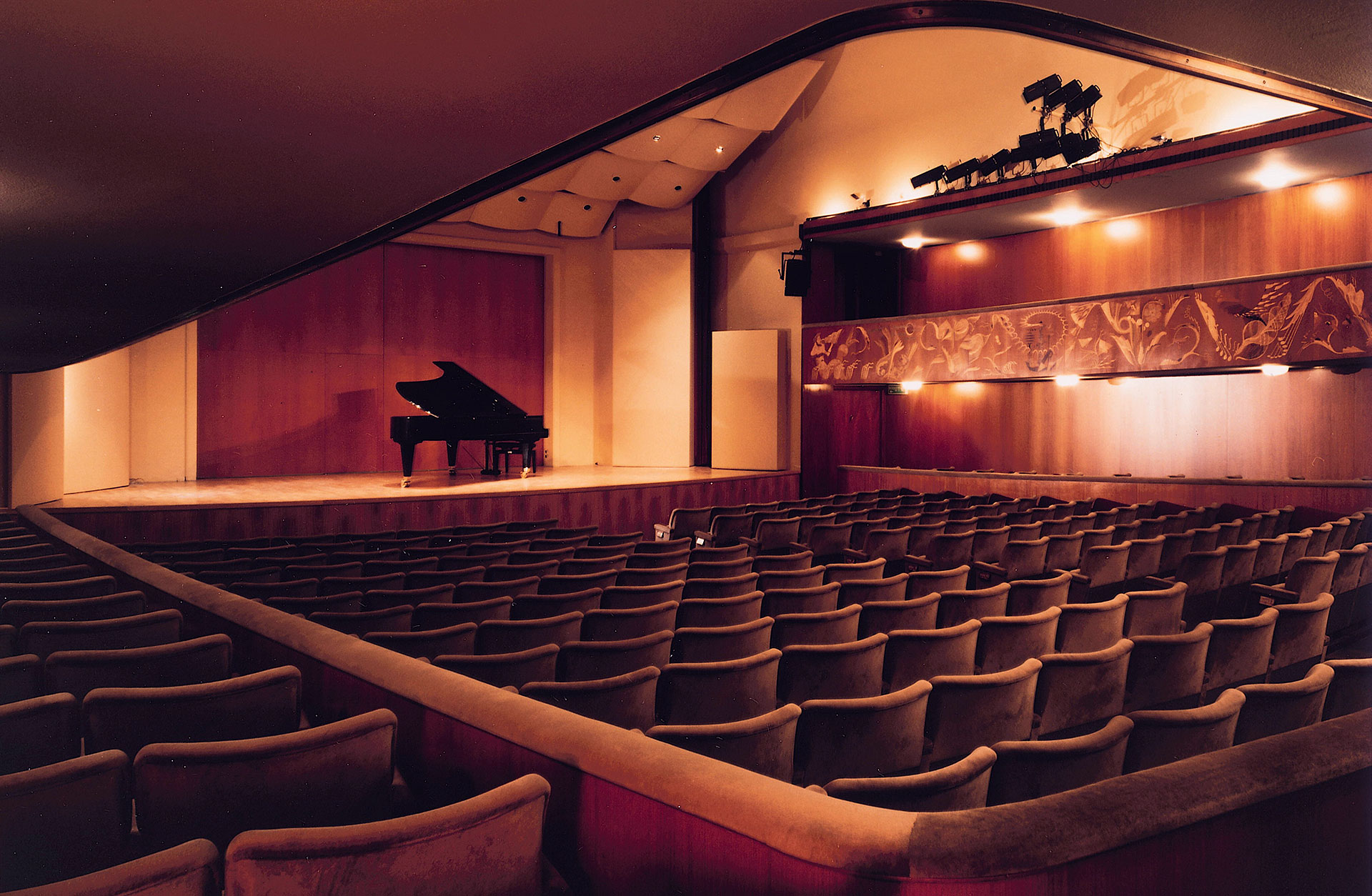
He is portrayed in the form of a bronze statue by Victor Lindborg and a marble bust and relief by Bror Chronander.
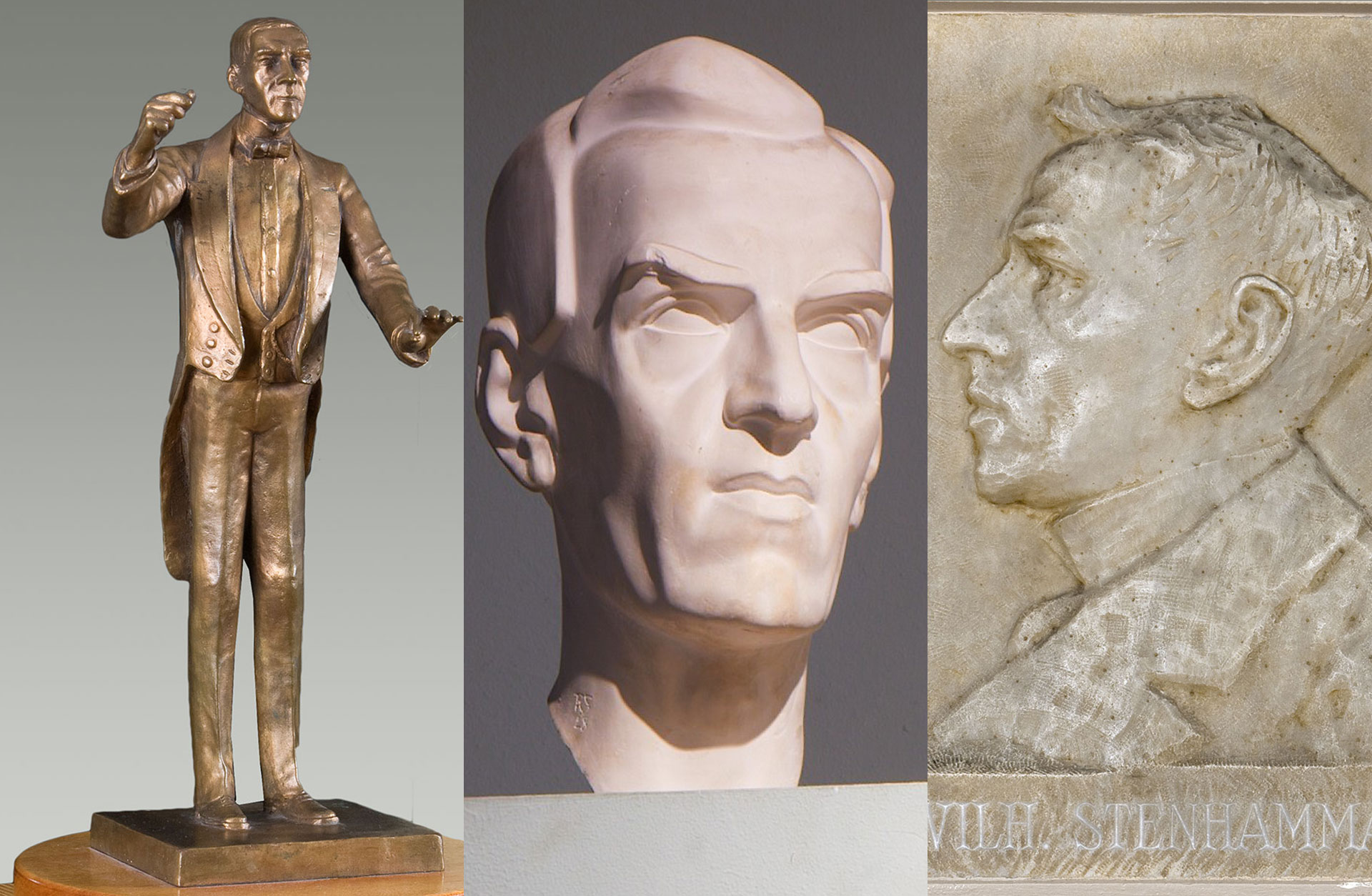
For the dedicated fans the Wilhelm Stenhammar Society is recommended, which in various ways promotes and deepens the knowledge of Stenhammar and his fabulous music.
Listen
The playlist is loaded with beautiful Stenhammar compositions. Which of them will be your favorite?
Stenhammar's baton in close-up
Conductor Herbert Blomstedt shows Stenhammar’s beautiful baton, which he has had the privilege of using.
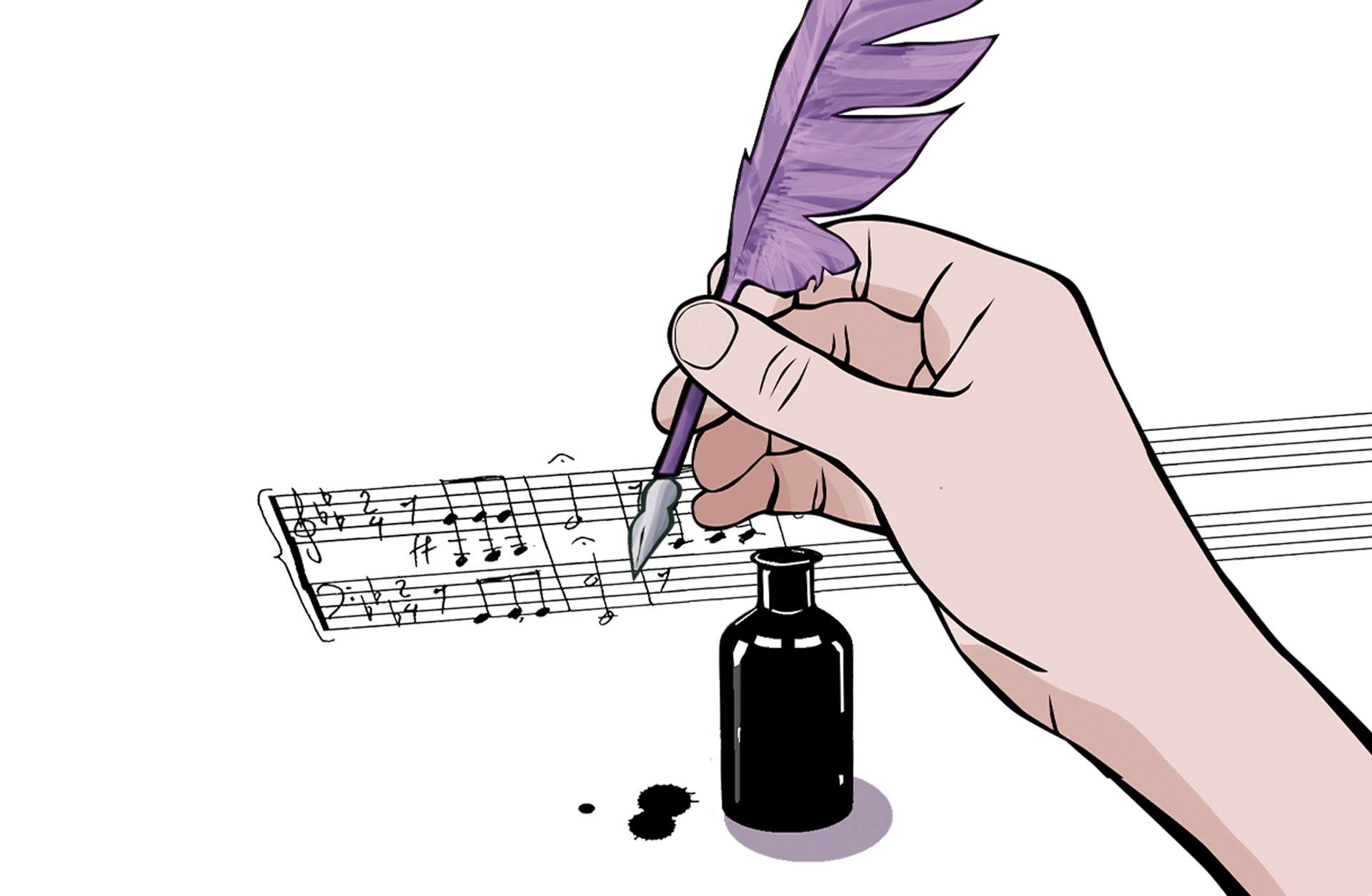
The composers behind the most famous masterpieces
Take the opportunity to get to know some of the composers behind the most famous classical masterpieces and listen to their music. Maybe it will be the start of a lifelong friendship.

